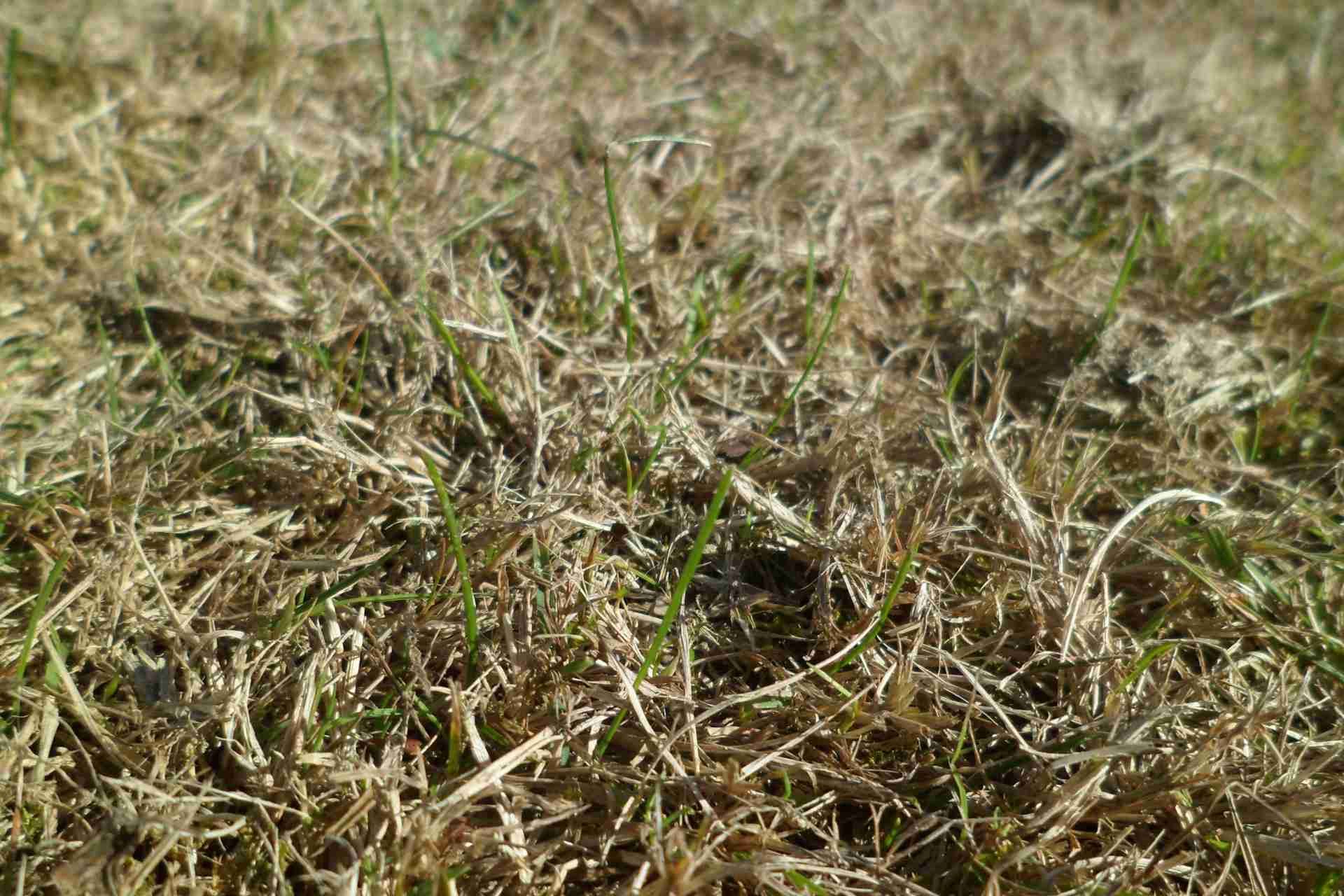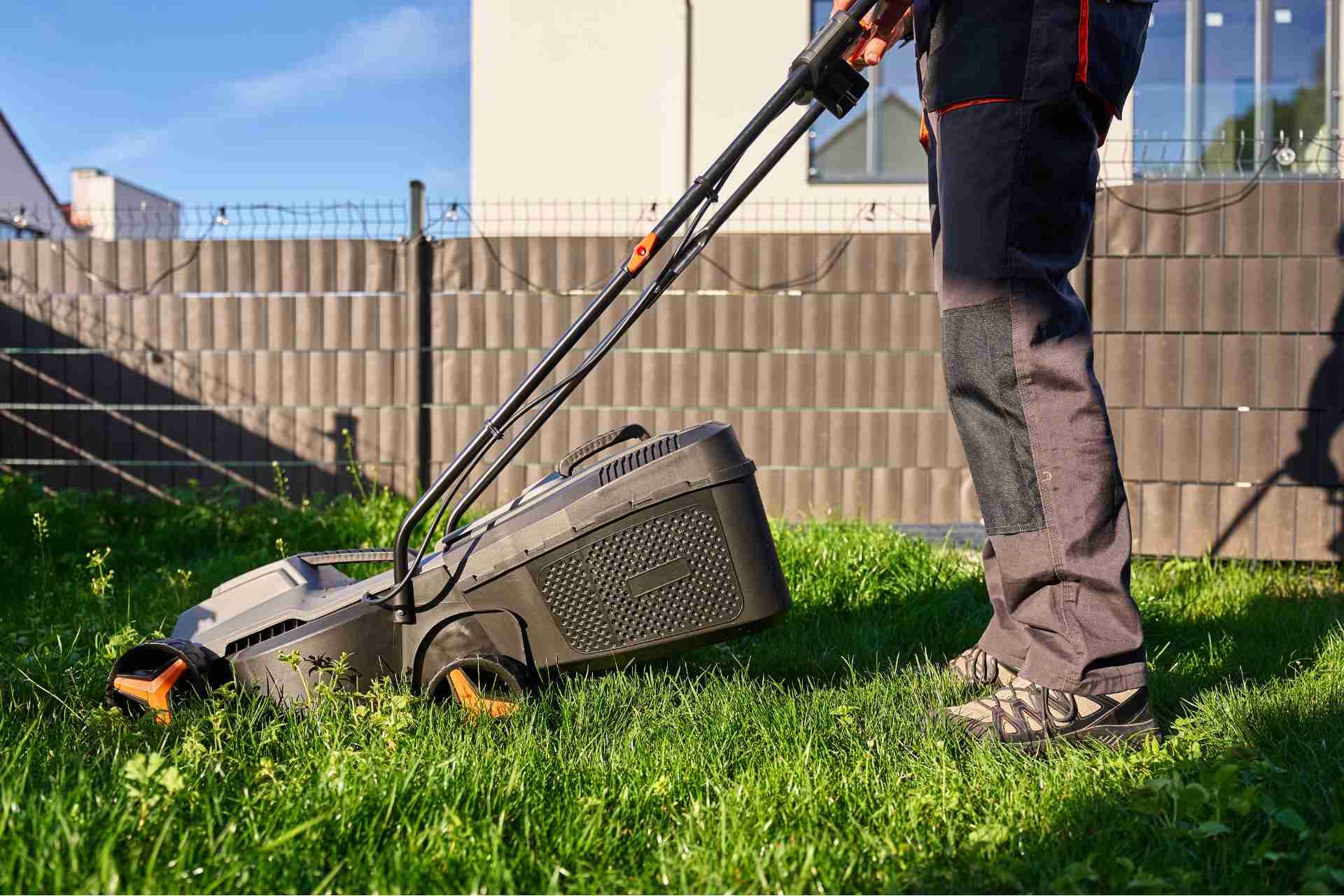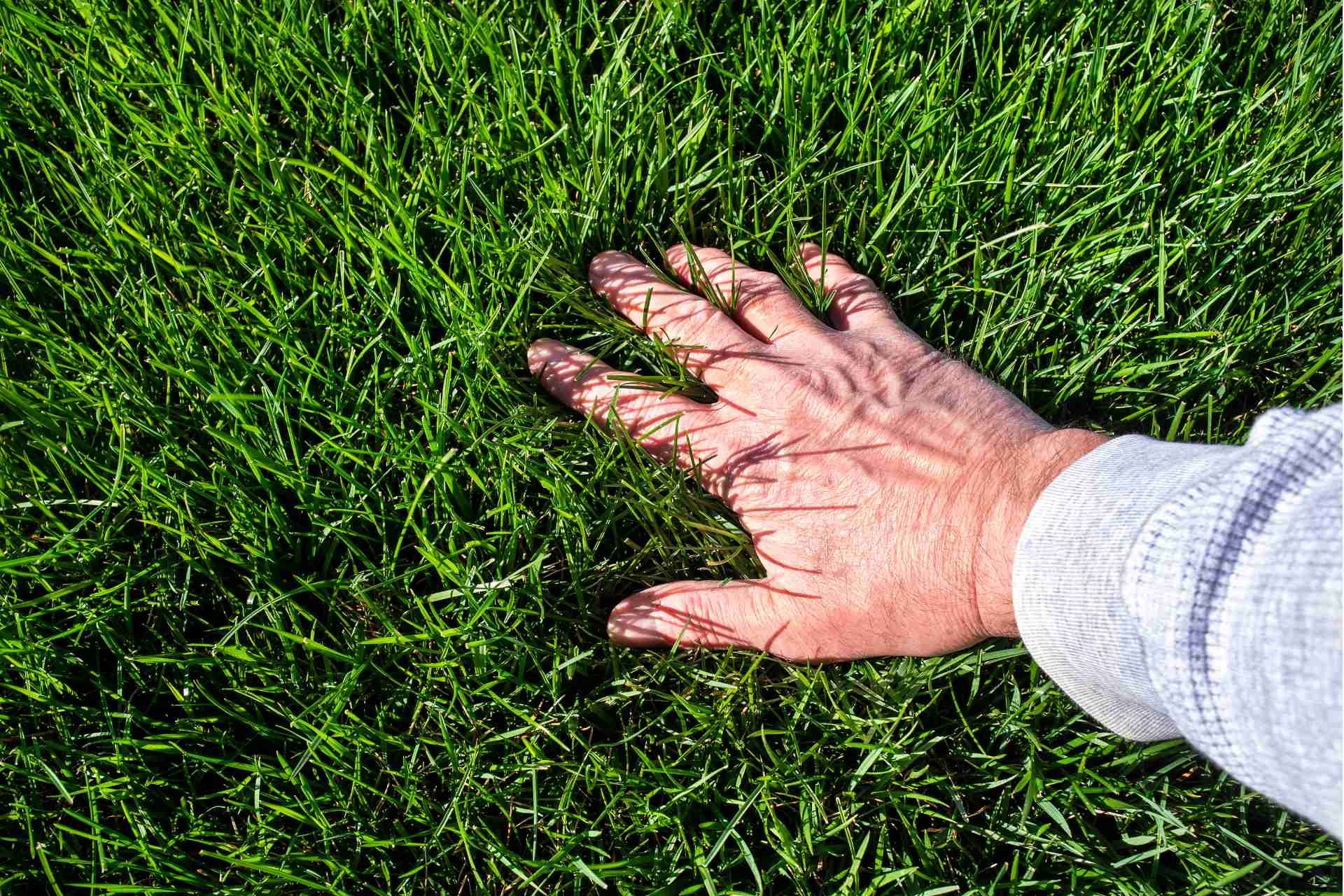How to Protect Your Lawn During Texas Droughts

When facing Texas droughts, it's crucial to know how to protect your lawn effectively. Choosing the right grass and implementing smart watering practices can make a significant difference. You'll also want to consider mulching and aerating your lawn for better moisture retention. But that's just the beginning. There are several strategies you can adopt to ensure your lawn remains healthy and resilient during these challenging times. Let's explore what you can do next.
Understanding Drought Conditions in Texas
Drought conditions in Texas can vary significantly, but understanding them is crucial for maintaining a healthy lawn. Texas experiences several types of drought, including meteorological, agricultural, and hydrological.
You'll want to pay attention to local weather patterns, as prolonged dry spells can impact soil moisture and grass health. The state's diverse climate means some areas might face severe drought while others remain relatively unaffected.
Monitoring rainfall and temperature helps you gauge when your lawn needs extra care. During drought periods, your grass may show signs of stress, like browning or wilting.
Being proactive in understanding these conditions allows you to adjust your watering schedule and lawn care practices, ensuring your yard stays resilient even in challenging times.
Choosing Drought-Resistant Grass Varieties
When you're looking to maintain a vibrant lawn during dry spells, choosing drought-resistant grass varieties can make all the difference.
Opt for grasses like Bermuda, Zoysia, or Buffalo grass, as they thrive in hot, dry conditions. These varieties require less water and adapt well to the Texas climate.
Bermuda grass is excellent for sunny areas, while Zoysia offers a dense, lush look and tolerates some shade. Buffalo grass is a low-maintenance option that's perfect for those who want a more natural look.
Before planting, consider your lawn's sun exposure and soil type to ensure you select the best grass for your needs.
Implementing Efficient Watering Practices
To keep your lawn healthy during dry spells, implementing efficient watering practices is essential.
Start by watering early in the morning or late in the evening to minimize evaporation. Aim for deep, infrequent watering sessions, targeting about 1 to 2 inches per week, including rainfall.
Use a soaker hose or drip irrigation system for targeted moisture delivery, which conserves water and reduces runoff. Check your soil moisture level with a simple screwdriver test; if it penetrates easily, your lawn's ready for watering.
Adjust your sprinklers to avoid watering sidewalks and driveways. Lastly, consider using a rain gauge to track how much water your lawn receives.
With these practices, you'll ensure your lawn remains vibrant even in challenging conditions.
The Importance of Mulching
Though it mightn't be the first thing that comes to mind, mulching is a powerful tool for protecting your lawn during dry conditions. By applying a layer of organic material, like grass clippings or shredded leaves, you create a barrier that helps retain soil moisture. This layer reduces evaporation, keeping your grass hydrated longer.
Plus, mulching suppresses weeds, which compete for water and nutrients.
When you mulch, you also improve soil structure as it breaks down, enriching it with nutrients. Aim for a thickness of 2-4 inches, ensuring it doesn't touch the plant stems to avoid rot.
Regularly refreshing your mulch will maximize its benefits. With these simple steps, you can significantly enhance your lawn's resilience against drought.
Aerating Your Lawn for Better Water Absorption
While many homeowners focus on watering practices during droughts, aerating your lawn can significantly enhance its ability to absorb water.
Aeration involves perforating the soil with holes, allowing air, water, and nutrients to reach the grassroots more effectively. By breaking up compacted soil, you create pathways for moisture to penetrate deeper, encouraging healthier root growth.
To aerate your lawn, you can use a manual or power aerator to pull out small plugs of soil. Aim for aerating in early spring or fall when your grass is actively growing.
After aeration, water your lawn to help settle the soil, and consider applying mulch to retain moisture. This simple step can make a big difference in how your lawn withstands drought conditions.
Fertilizing Wisely to Promote Resilience
Fertilizing your lawn wisely can make all the difference in its ability to withstand drought stress.
You'll want to choose a slow-release fertilizer rich in nitrogen, potassium, and phosphorus. These nutrients strengthen roots, improve drought resistance, and promote healthy growth.
Apply fertilizer in the early spring or fall to ensure your grass has what it needs to thrive when water is scarce. Avoid over-fertilizing, as this can lead to excessive growth that requires more water. Instead, aim for a balanced approach, using a soil test to determine specific nutrient needs.
Remember to water your lawn lightly after fertilization to help nutrients penetrate the soil. By fertilizing wisely, you'll enhance your lawn's resilience and overall health during dry spells.
Mowing Techniques for Drought-Tolerant Grass
When it comes to maintaining a drought-tolerant lawn, adopting the right mowing techniques is crucial.
Start by setting your mower blades higher; cutting grass at a height of three to four inches encourages deeper root growth and conserves moisture.
Mow less frequently during dry spells, as this reduces stress on your grass. Aim for a "one-third rule"—never remove more than one-third of the grass height at once. This practice helps maintain healthy blades, which provide shade to the soil and reduce evaporation.
Keep your mower blades sharp to ensure clean cuts, minimizing damage to the grass.
Lastly, consider mulching while you mow; it returns nutrients to the soil and helps retain moisture.
These techniques will keep your lawn resilient during drought conditions.
Identifying and Managing Weeds During Drought
As you strive to maintain a healthy lawn during drought conditions, identifying and managing weeds becomes essential. Weeds compete for limited water and nutrients, making it crucial to spot them early.
Look for common offenders like dandelions, crabgrass, and clover. Once identified, you can choose the best management strategy. Hand-pulling works for small patches, but for larger infestations, consider using mulch to smother weeds.
Keeping your grass healthy through proper watering and mowing helps it outcompete weeds. Remember, a dense lawn is your best defense.
If necessary, focus on targeted weed removal rather than blanket treatments, which can stress your lawn further. By staying vigilant and proactive, you can minimize weed issues even in tough drought conditions.
Using Lawn Care Products Responsibly
While maintaining your lawn during a drought, using lawn care products responsibly is crucial to protect both your grass and the environment.
First, choose drought-resistant fertilizers and pesticides that minimize water usage and reduce runoff. Apply these products only when necessary, and follow the manufacturer's instructions closely to avoid overuse.
Timing is also key; applying treatments during cooler parts of the day can prevent evaporation and maximize effectiveness.
Additionally, consider using organic options that are less harmful to your soil and local wildlife.
Creating a Sustainable Landscape Design
Creating a sustainable landscape design not only enhances your lawn's appearance but also helps conserve water and supports local ecosystems.
Start by selecting native plants that thrive in your region's climate and require less water. Group these plants according to their water needs to optimize irrigation.
Consider incorporating xeriscaping techniques, which focus on minimizing water usage while maintaining beauty. Use mulch to retain soil moisture and reduce evaporation.
Implement rain gardens to capture runoff and improve drainage. Lastly, create habitats for beneficial wildlife, like birds and pollinators, to promote biodiversity.
Conclusion
By following these tips, you can effectively protect your lawn during Texas droughts. Choosing drought-resistant grass, watering wisely, and implementing mulch will help retain moisture and keep your yard healthy. Don't forget to aerate for better water absorption and manage weeds to reduce competition for resources. With a little effort and attention, you can create a sustainable landscape that thrives even in challenging conditions. Your lawn will thank you for it!









